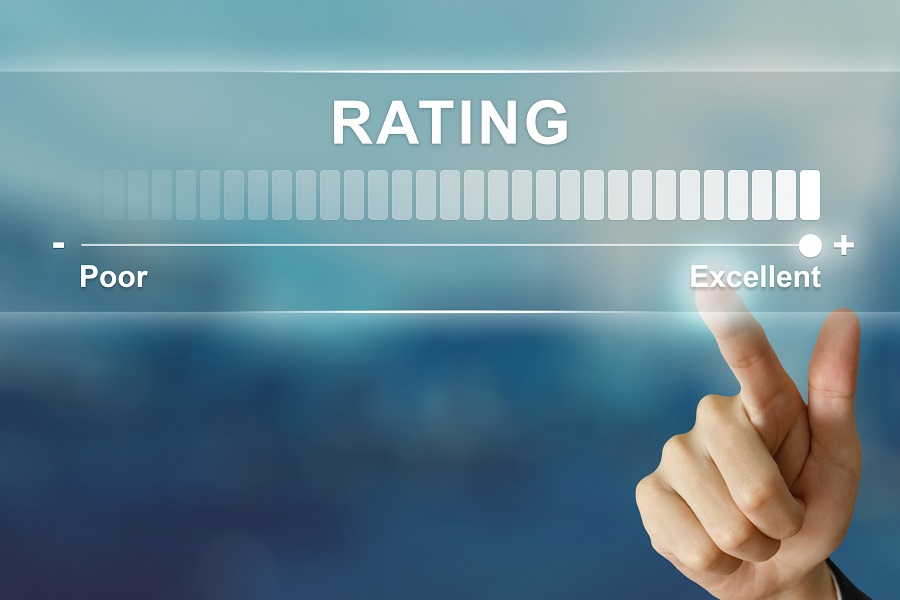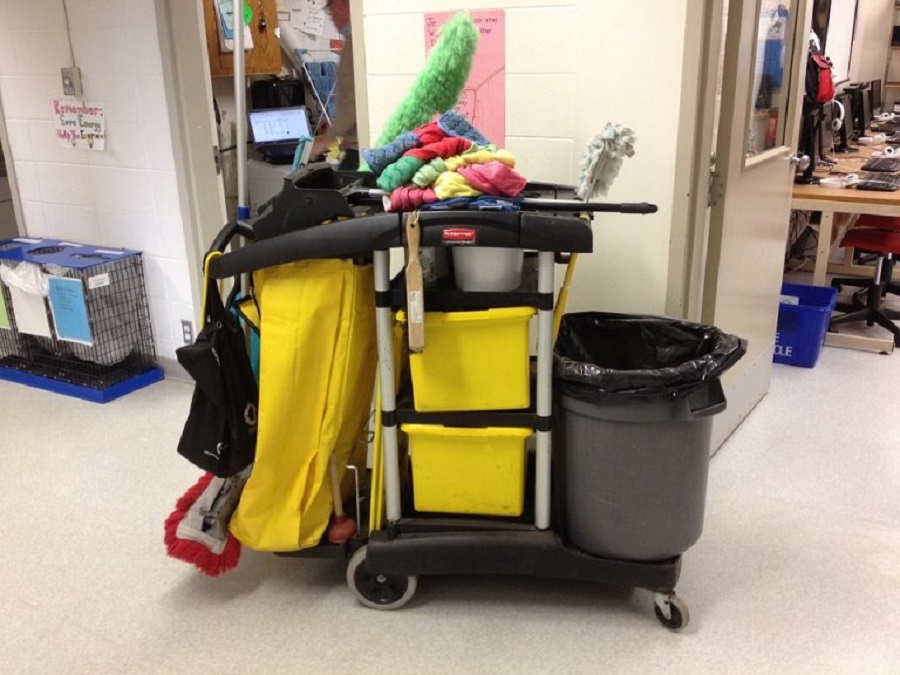Experience Modification Rating
The Experience Modification Rating of a business is the main factor an insurance carrier uses to determine what to charge a business for Workers Compensation Insurance Premium. The positive or negative aspects of a businesses rating will result in either a credit or a debit applied to what the business pays in workmans comp premium. There are many terms business owners and people in the insurance industry might use to refer to this rating. Those terms include: experience mod, experience rating, e-mod, EMR, and sometimes it is just referred to as the mod. The rating is determined by the amount of losses a business has compared to other businesses in the same industry and classification code. Because this rating is one of the few aspects of your insurance premium that the business has control over it is important to know exactly what it is and how you can improve it.
The Formula for an Experience Modification Rating
The formula that most insurance carriers in most states use to determine an experience modification rating for a business is: Total Adjusted Actual Losses ÷ Total Adjusted Expected Losses = Experience Mod.
The total adjusted actual losses is determined by adding the actual primary losses + the stabilizing value + the actual ratable excess losses. To calculate the total adjusted expected losses you would take the expected primary losses + the stabilizing value + the expected ratable excess losses.
If you do not know these amounts for your business your insurance agent or someone at the insurance carrier should be able to help you find these numbers. If they do not have access to them they should be able to put you in touch with someone who does or they should be able to help you determine them yourself.
Time Period for claims used in an Experience Modification Rating
The Experience Modification Rating is generated 60 to 90 days before the rating effective date. It uses the loss histories of a third year period not including the most recent term. That means policies that have an effective date (the date the policy is active) that is no less than 21 months prior to the rating effective date. It also means that the three years being analyzed do not include a term more than 57 months before the rating effective date. In simple terms this means the policies that begin within 21 and 57 months before the rating effective date will be used in the calculation for an experience modification rating. This time period is established because it will prevent injuries that have recently happened or even claims that are still open from being considered for this data. Because this is how the calculation is determined, it is important to limit the frequency and severity of claims. An effective safety program is extremely important to limit these claims. If your business has a year in which it has a high frequency of claims or a severe claim, it will stick with your business for several years.

Who calculates the employers Experience Modification Rating?
The experience mod factor is generated by the National Council on Compensation Insurance (NCCI). As of 2017, 35 out of 50 states use this organization to assist in determining the experience modification rating for businesses and the recommended premium for individual classification codes.
11 states have their own method or a state run department to determine this formula and to administer the Workers Compensation System. Many of the states who do not use NCCI are states with extremely large economies like California and New York. These states have determined they can do it more efficiently through a department within the state government. States that use NCCI, for the most part, have average workers comp ratings noticeably lower than states that do not partner with NCCI.
There are 4 additional states that are monopolistic states. These states include: North Dakota, Ohio, Washington, Wyoming, Puerto Rico, and the U.S. Virgin Islands. According to the International Risk Management Institute (IRMI) Monopolistic States are defined as: “Jurisdictions where an employer must obtain workers compensation insurance from a compulsory state fund or qualify as a self-insurer (as is allowed in two of the jurisdictions).” This means that monopolistic states do not recognize other states workers compensation system and require business to purchase coverage within the state if businesses want to do business legally within the state. For businesses that do businesses in multiple states and one of the states is a monopolistic state, you need to purchase coverage in the state you operate and, in most cases, the state you do business in that is a monopolistic state.
The Experience Modification Rating is a mandatory plan if the insured is qualified.
In order to qualify for an experience rating the insured business must have paid a minimum amount of premium determined by the state within the most recent 24 months of the rating period. This means the business must be in business for two years before NCCI and the insurance companies can determine what their rating is.


